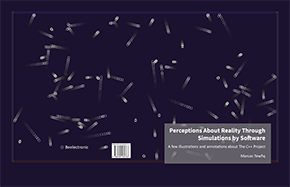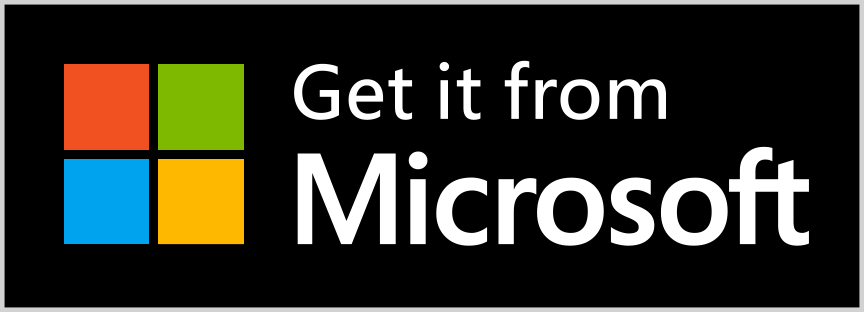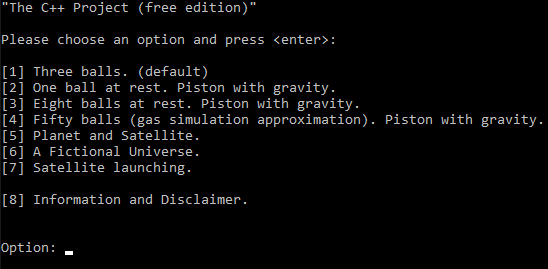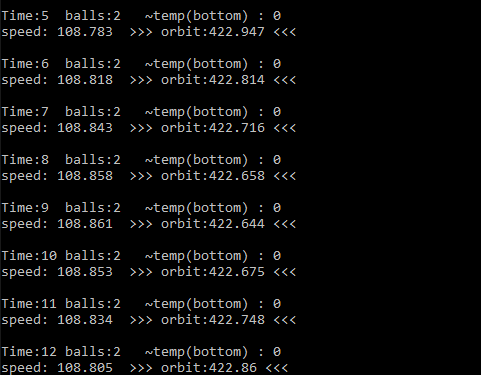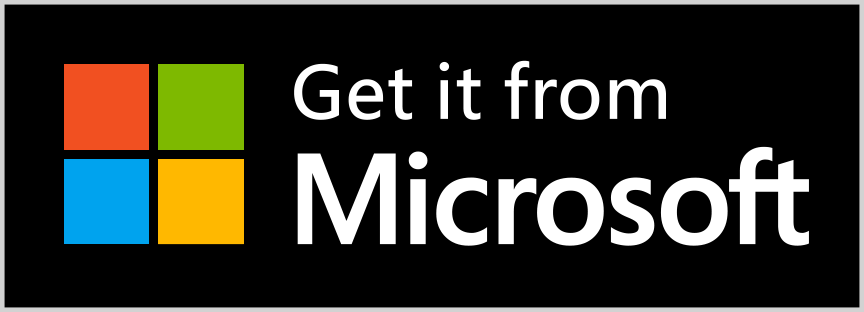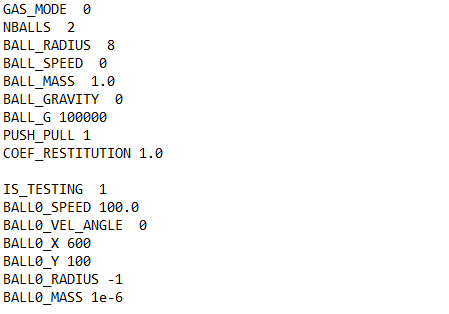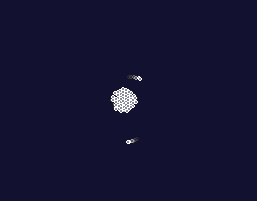The software "The C++ Project (pro edition)" implements multi-ball collisions, simulations to study
the concepts of force and energy, and "gravitational simulations" (practical to see the gravitational
forces). In addition, it has an "information propagation" simulation, which illustrates information
propagation based on a simplified model (using the collisions of the balls).
"The C++ Project (pro rounded)" version has the same simulations but has improved graphics
and different echo effects.
In the simulation "Fifty balls; without gravity (gas simulation approximation). Piston under gravity.",
it is possible to study the concepts of force and energy. The user can increase the system's energy in
real-time (through heat, using the keys → and ←) and can verify the average elevation of the piston's
potential energy (work done by the system). So, the program can illustrate the First Law of
Thermodynamics, approximately. This simulation is also available in the "free" and the "programmable"
edition of the software.
There is a gravitational simulation named "A Fictional Universe". Sometimes it is possible to watch the
formation of objects representing approximately a planet and its satellite. There are two versions: the
standard (the same as in the "free edition" or in the "programmable") and the "unstable" simulation,
where the "fictional universe" is constantly changing.
In the "information propagation" simulations, we can observe the effect of the "memory" duration in the
propagation and the result of several ball velocities.
It is possible to make a .txt file (plain text), following the instructions, to program all the parameters
and simulate, for example, a simplified satellite launching. One ball is the planet, and the other is the
satellite. The challenge is to choose the launching and orbit speeds, but there is a ready-to-run
"satellite launching", too!







